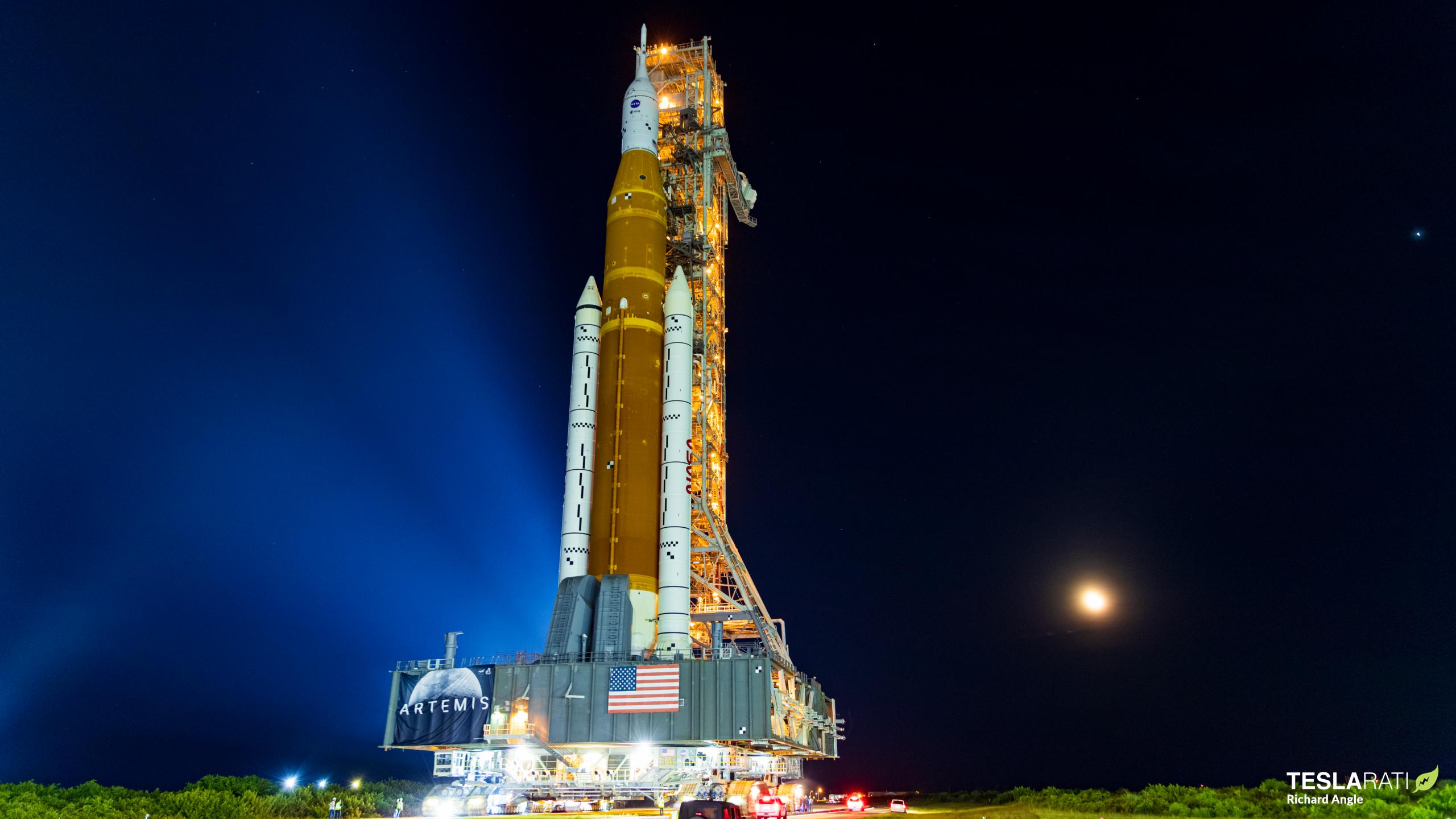
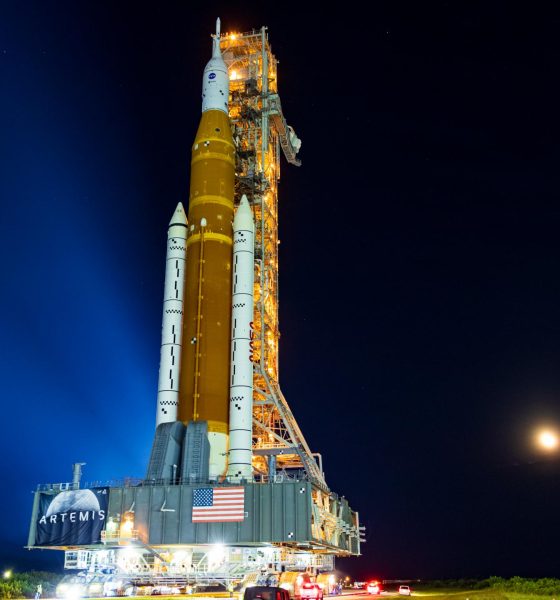
News
NASA says SLS Moon rocket is ‘go’ for launch debut
After rolling the vehicle to its Kenndy Space Center, Florida launch pad two days early for what is hoped to be the third and final time, NASA says that the first Space Launch System (SLS) Moon rocket is ready to take flight.
The Artemis I mission’s SLS reached Launch Complex 39B on August 17th after a 10-hour, 4-mile trip from KSC’s iconic Vehicle Assembly Building (VAB). NASA and its contractors spent the five subsequent days connecting the rocket to the pad and preparing both for flight – a process that will continue up until the moment the pad is cleared around a day or two prior to launch. On August 22nd, SLS and Orion program leaders completed a surprisingly clean Flight Readiness Review (FRR) for Artemis I, confirming that all related hardware, software, systems, and teams are (or will soon be) ready to launch.
Barring surprises, SLS remains on track to attempt its first launch and send an Orion spacecraft to the Moon no earlier than (NET) 8:33 am EDT (12:33 UTC) on Monday, August 29th.

Jim Free, Associate Administrator of NASA’s Exploration Systems Development division, reported that the SLS Artemis I FRR was completed with no exceptions, no additional actions required, and no dissenting opinions about the rocket’s readiness. Given just how rocky all aspects of SLS development have been, an almost perfectly clean review was not exactly expected, but it bodes well for a launch attempt during the first available window. Some work still needs to be completed, however, including at least one test that could not be completed during past test campaigns.
The rocket and pad’s behavior during two recent wet dress rehearsal (WDR) test campaigns in April and June also suggest that it could take NASA a few tries before SLS actually lifts off. There’s also a nonzero chance that minor to moderate problems could arise before liftoff, potentially requiring NASA to roll the rocket back to the VAB for a third time for repairs or longer-term troubleshooting. Thankfully, NASA officials were unusually candid in a post-FRR press conference and acknowledged many of those realities, noting that the first SLS launch could require multiple attempts.
Free even issued a statement on Twitter that almost directly acknowledged the possibility that Artemis I could end badly. While he avoided actually stating as much, the assistant administrator noted that “things may not go to plan” over the course of the mission. SLS will be the first rocket in history to attempt to send a payload to the Moon on its launch debut. Prior to attempting to enter orbit around the Moon and safely return to Earth, the Orion capsule will have only completed one suborbital test flight, and its propellant and propulsion section (service module) will have never flown.
With any luck, the rocket will make it through preflight operations without a major hitch and launch on the first try on August 29th. If not, NASA has backup opportunities on September 2nd and 5th. If all goes to plan, Artemis I will last approximately 42 days from liftoff to Orion capsule splashdown. The SLS rocket’s job will be complete around three hours after liftoff, leaving Orion to enter orbit around the Moon and eventually return to Earth.
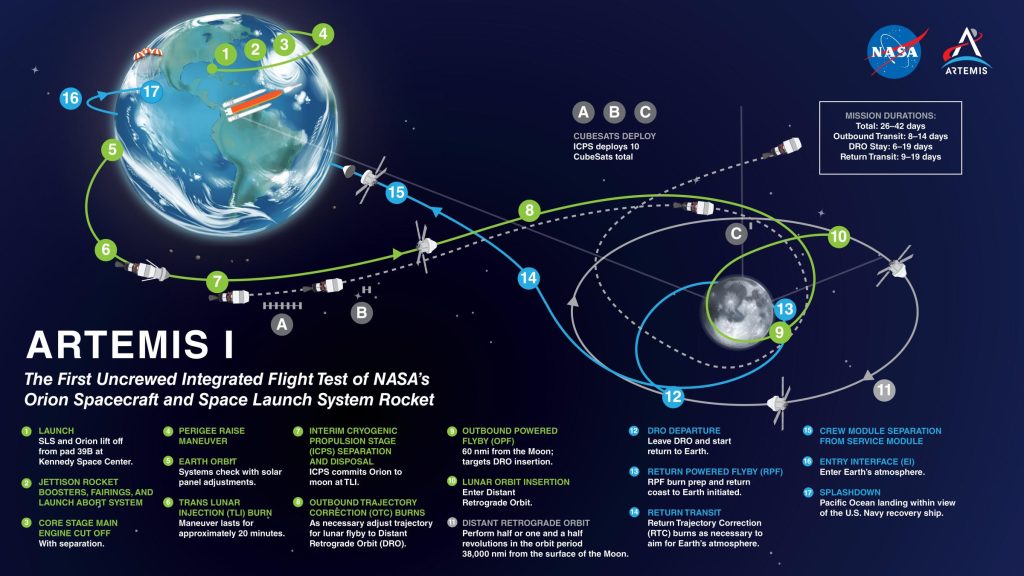
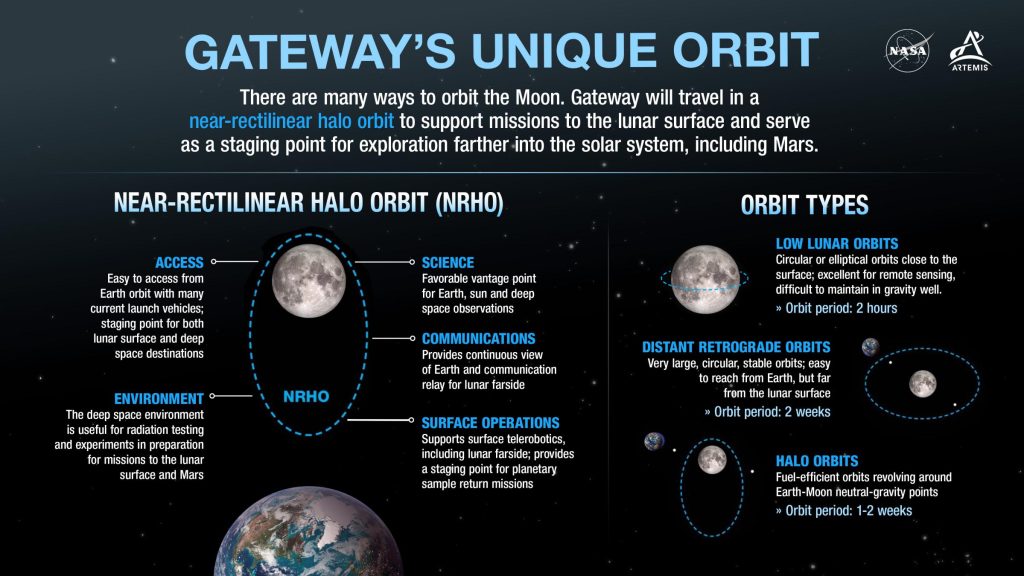
Strangely, NASA is sending Orion to a lunar orbit different than the one the spacecraft will regularly visit with astronauts on operational missions, which are scheduled to begin with Artemis III as early as 2025. The Artemis I spacecraft also lacks a docking port and life support systems, and SLS will launch with an inert launch abort system (LAS), further weakening the test flight’s overall relevance for crewed missions.
No matter the outcome, NASA is poised to gather a massive amount of data about the performance of SLS and Orion over the course of Artemis I. In a best-case scenario, only minor tweaks will be required and Artemis II – a less complex crewed test flight including a free-return trip around the Moon – will remain on track to launch sometime in 2024.
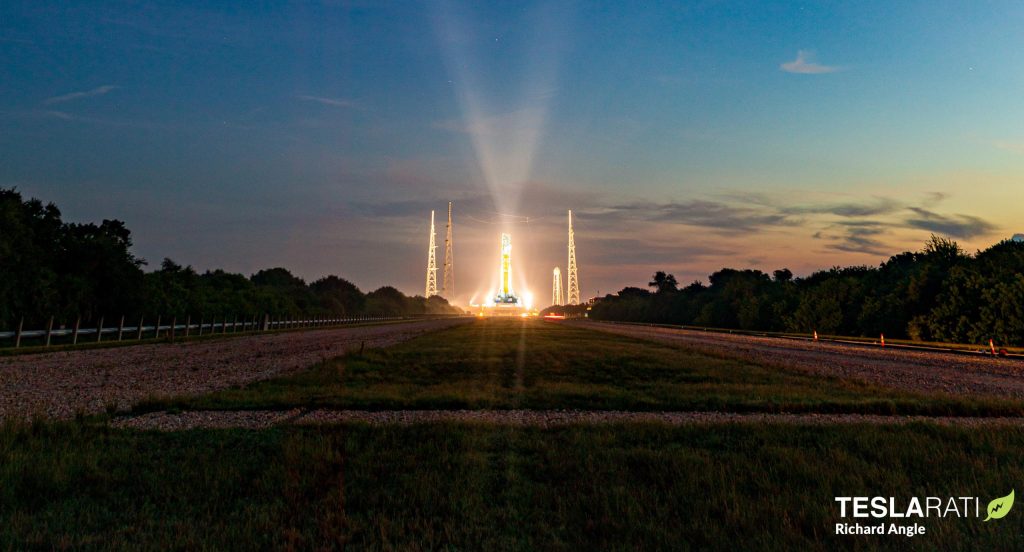
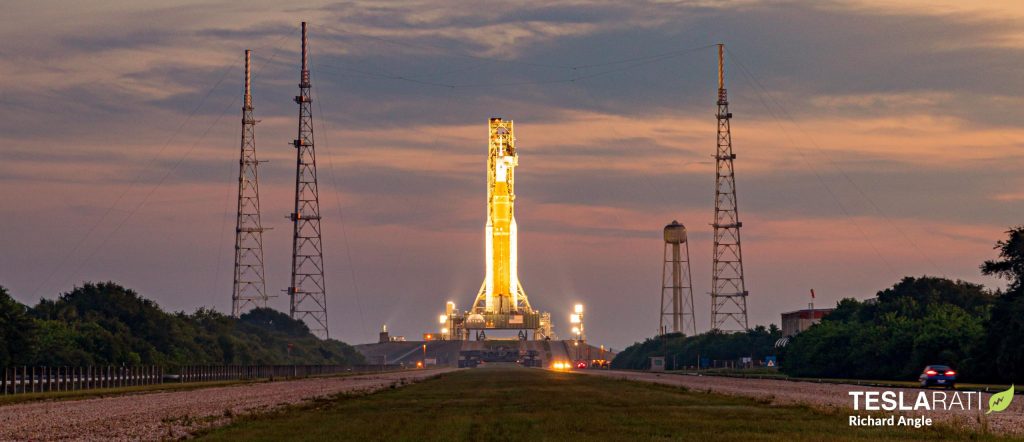
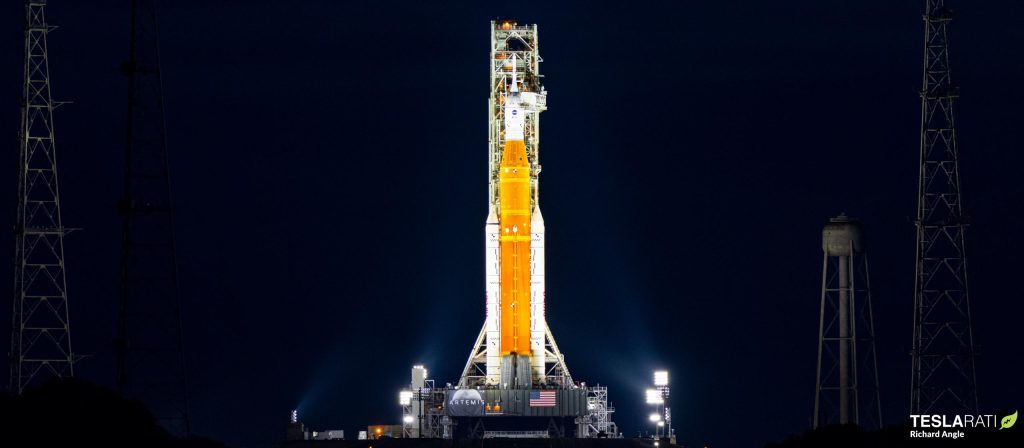

News
Tesla (TSLA) receives “Buy” rating and $551 PT from Canaccord Genuity
He also maintained a “Buy” rating for TSLA stock over the company’s improving long-term outlook, which is driven by autonomy and robotics.

Canaccord Genuity analyst George Gianarikas raised his Tesla (NASDAQ:TSLA) price target from $482 to $551. He also maintained a “Buy” rating for TSLA stock over the company’s improving long-term outlook, which is driven by autonomy and robotics.
The analyst’s updated note
Gianarikas lowered his 4Q25 delivery estimates but pointed to several positive factors in the Tesla story. He noted that EV adoption in emerging markets is gaining pace, and progress in FSD and the Robotaxi rollout in 2026 represent major upside drivers. Further progress in the Optimus program next year could also add more momentum for the electric vehicle maker.
“Overall, yes, 4Q25 delivery expectations are being revised lower. However, the reset in the US EV market is laying the groundwork for a more durable and attractive long-term demand environment.
“At the same time, EV penetration in emerging markets is accelerating, reinforcing Tesla’s potential multi‑year growth runway beyond the US. Global progress in FSD and the anticipated rollout of a larger robotaxi fleet in 2026 are increasingly important components of the Tesla equity story and could provide sentiment tailwinds,” the analyst wrote.
Tesla’s busy 2026
The upcoming year would be a busy one for Tesla, considering the company’s plans and targets. The autonomous two-seat Cybercab has been confirmed to start production sometime in Q2 2026, as per Elon Musk during the 2025 Annual Shareholder Meeting.
Apart from this, Tesla is also expected to unveil the next-generation Roadster on April 1, 2026. Tesla is also expected to start high-volume production of the Tesla Semi in Nevada next year.
Apart from vehicle launches, Tesla has expressed its intentions to significantly ramp the rollout of FSD to several regions worldwide, such as Europe. Plans are also underway to launch more Robotaxi networks in several more key areas across the United States.
News
Waymo sues Santa Monica over order to halt overnight charging sessions
In its complaint, Waymo argued that its self-driving cars’ operations do not constitute a public nuisance, and compliance with the city’s order would cause the company irreparable harm.

Waymo has filed a lawsuit against the City of Santa Monica in Los Angeles County Superior Court, seeking to block an order that requires the company to cease overnight charging at two facilities.
In its complaint, Waymo argued that its self-driving cars’ operations do not constitute a public nuisance, and compliance with the city’s order would cause the company irreparable harm.
Nuisance claims
As noted in a report from the Los Angeles Times, Waymo’s two charging sites at Euclid Street and Broadway have operated for about a year, supporting the company’s growing fleet with round-the-clock activity. Unfortunately, this has also resulted in residents in the area reportedly being unable to sleep due to incessant beeping from self-driving taxis that are moving in and out of the charging stations around the clock.
Frustrated residents have protested against the Waymos by blocking the vehicles’ paths, placing cones, and “stacking” cars to create backups. This has also resulted in multiple calls to the police.
Last month, the city issued an order to Waymo and its charging partner, Voltera, to cease overnight operations at the charging locations, stating that the self-driving vehicles’ activities at night were a public nuisance. A December 15 meeting yielded no agreement on mitigations like software rerouting. Waymo proposed changes, but the city reportedly insisted that nothing would satisfy the irate residents.
“We are disappointed that the City has chosen an adversarial path over a collaborative one. The City’s position has been to insist that no actions taken or proposed by Waymo would satisfy the complaining neighbors and therefore must be deemed insufficient,” a Waymo spokesperson stated.
Waymo pushes back
In its legal complaint, Waymo stated that its “activities at the Broadway Facilities do not constitute a public nuisance.” The company also noted that it “faces imminent and irreparable harm to its operations, employees, and customers” from the city’s order. The suit also stated that the city was fully aware that the Voltera charging sites would be operating around the clock to support Waymo’s self-driving taxis.
The company highlighted over one million trips in Santa Monica since launch, with more than 50,000 rides starting or ending there in November alone. Waymo also criticized the city for adopting a contentious strategy against businesses.
“The City of Santa Monica’s recent actions are inconsistent with its stated goal of attracting investment. At a time when the City faces a serious fiscal crisis, officials are choosing to obstruct properly permitted investment rather than fostering a ‘ready for business’ environment,” Waymo stated.
News
Tesla FSD v14.2.2 is getting rave reviews from drivers
So far, early testers have reported buttery-smooth drives with confident performance, even at night or on twisty roads.

Tesla Full Self-Driving (Supervised) v14.2.2 is receiving positive reviews from owners, with several drivers praising the build’s lack of hesitation during lane changes and its smoother decision-making, among others.
The update, which started rolling out on Monday, also adds features like dynamic arrival pin adjustment. So far, early testers have reported buttery-smooth drives with confident performance, even at night or on twisty roads.
Owners highlight major improvements
Longtime Tesla owner and FSD user @BLKMDL3 shared a detailed 10-hour impression of FSD v14.2.2, noting that the system exhibited “zero lane change hesitation” and “extremely refined” lane choices. He praised Mad Max mode’s performance, stellar parking in locations including ticket dispensers, and impressive canyon runs even in dark conditions.
Fellow FSD user Dan Burkland reported an hour of FSD v14.2.2’s nighttime driving with “zero hesitations” and “buttery smooth” confidence reminiscent of Robotaxi rides in areas such as Austin, Texas. Veteran FSD user Whole Mars Catalog also demonstrated voice navigation via Grok, while Tesla owner Devin Olsen completed a nearly two-hour drive with FSD v14.2.2 in heavy traffic and rain with strong performance.
Closer to unsupervised
FSD has been receiving rave reviews, even from Tesla’s competitors. Xpeng CEO He Xiaopeng, for one, offered fresh praise for FSD v14.2 after visiting Silicon Valley. Following extended test drives of Tesla vehicles running the latest FSD software, He stated that the system has made major strides, reinforcing his view that Tesla’s approach to autonomy is indeed the proper path towards autonomy.
According to He, Tesla’s FSD has evolved from a smooth Level 2 advanced driver assistance system into what he described as a “near-Level 4” experience in terms of capabilities. While acknowledging that areas of improvement are still present, the Xpeng CEO stated that FSD’s current iteration significantly surpasses last year’s capabilities. He also reiterated his belief that Tesla’s strategy of using the same autonomous software and hardware architecture across private vehicles and robotaxis is the right long-term approach, as it would allow users to bypass intermediate autonomy stages and move closer to Level 4 functionality.








